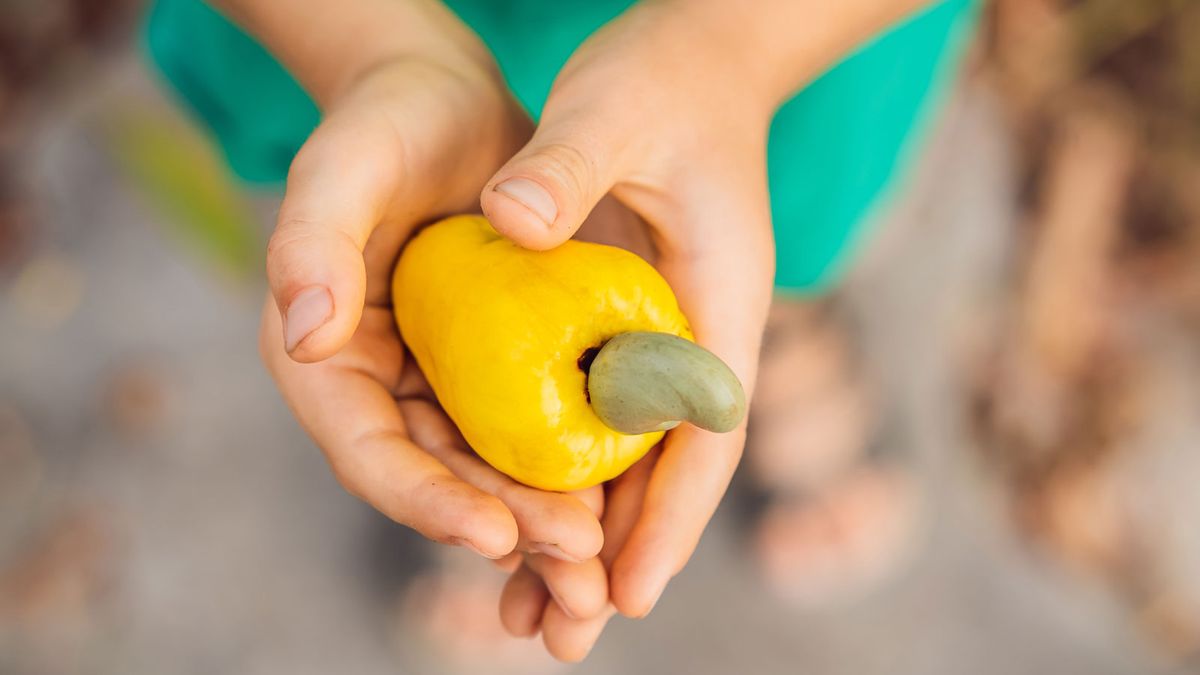In the last decade, India's culturally conscious have been veering more and more towards local produce and makes. Goa's own feni has been rediscovered, and how!
Feni is touted to be crafted for the first time around 400 years ago. Portuguese culture has heavily influenced the Goan culture, but according to reports, Feni originally came much before the Portuguese did. While it all started with coconut feni, other varieties such as the much popular cashew feni was developed during the Portuguese rule in Goa.
In 2016, the Goa government announced feni as the Heritage Spirit of Goa. Feni was also granted the GI tag in 2000 - this means that local feni producers in Goa now have exclusive brand protection rights.
Let's learn more about Goa's best alcoholic drink that apparently doesn't give you a hangover!
What is feni?
Feni is an indigenous alcoholic spirit-based liqueur of Goa. The name feni originates from a Sanskrit word - phena, meaning foam, which was later adapted into Konkani dialects. The oldest traces of the making of Goan Feni date back to 400 years ago, but it might have been a part of the cuisine for longer than that. The organic traditional drink is prepared by distilling the fermented juice of cashew apples.
What are the types of feni available?
Feni is primarily made out of cashews or coconuts, but many local distilleries have started experimenting a bit, given that the Goan feni market has started expanding. Initially, coconut feni came into the picture, thanks to the abundant coconut palms along the coastline of Konkan.

It is said that cashew feni was introduced later on, during the invasion of Portuguese who brought many exotic species to the land. Both have a bit of a different preparation and distillation process.

What are the flavours of feni and how does it taste?
Feni has an appearance similar to most transparent liqueurs, with a spirit-like astringent smell and a peculiar fruity aftertaste.
What's the alcohol content in feni?
The best thing about Goan feni, across all the alcoholic beverages, is that it does not leave you with a hangover. Nevertheless, the alcohol content in feni is about 43-45 per cent, just enough to put you into the spirit of things. The heavy alcohol content gives feni a strong smell, which only validates the quality of the craft.
How is feni made?
Cashew feni: The cashew fruits are de-seeded and dumped in a stomping area (similar to vineyards). After obtaining the juice from these stomped fruits, it is transferred to a storage system known as koddem (either earthen pots or plastic barrels) where it is kept to ferment naturally for a few days. After the fermentation it is taken to distil.
Coconut feni: Coconut feni is extracted using a seemingly complicated process called toddy-tapping. This happens to be a famous beverage in the Konkan region. The juice and gel form extracted is then kept in a gourd-shaped container and allowed to ferment carefully.
What is the distillation process for feni?
Distillation was not a part of the making of feni till the Europeans introduced it. Right from the inception, the distillation is being carried out in traditional earthen or copper pots.
Cashew feni is a triple-distilled spirit. The first distil is called 'Urrak', which is commonly used as a beverage. The second distil, 'Cazulo/Cajulo' turns out to be strong enough and is often sold as Goan feni itself, as the third's alcohol content can go beyond acceptable limits.
Coconut feni is double-distilled. The first distil is called 'Mollop' and has about 15 per cent alcohol content.

Feni and folklore
Locals in Goa have been using feni indigenously for medicinal purposes and will swear by feni's benefits.
As per stories, feni was used to relieve kids and adults from respiratory ailments like the whooping cough, much before allopathy medicine came into use. The details as to the recipe are quite bleak, but it is said that the process of preparing this cough medicine involved fermenting jackal meat, before adding cashew feni to it for further distillation.
This alcohol-based remedy for respiratory ailments is said to have proved to be strong and effective. The logic behind this was that your body can absorb alcohol-based liquids faster, which in turn helped in ensuring faster relief among patients.
The indigenously used medicine was called Kolo Soro. Kolo Soro was discontinued long ago, but research around it remains to be fascinating.
The market of feni, even when quite popular, is still largely unorganised. For example, coconut feni is not easily available except in South Goa. But the state government of Goa is trying their best to give the Goan feni its due as a heritage drink. The next time you're in Goa, drink the traditional way with a feni of your choice!
Disclaimer: At ZeeZest, we do not promote or endorse drinking habits. We firmly believe in the importance of responsible consumption and awareness. Please remember that drinking alcohol can be injurious to your health. We encourage all our readers to make informed and responsible choices regarding alcohol consumption.




